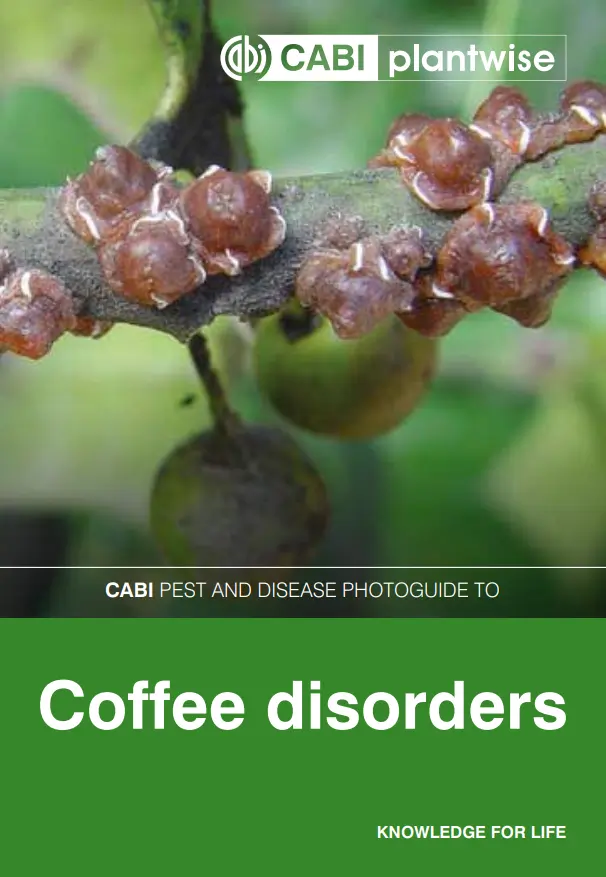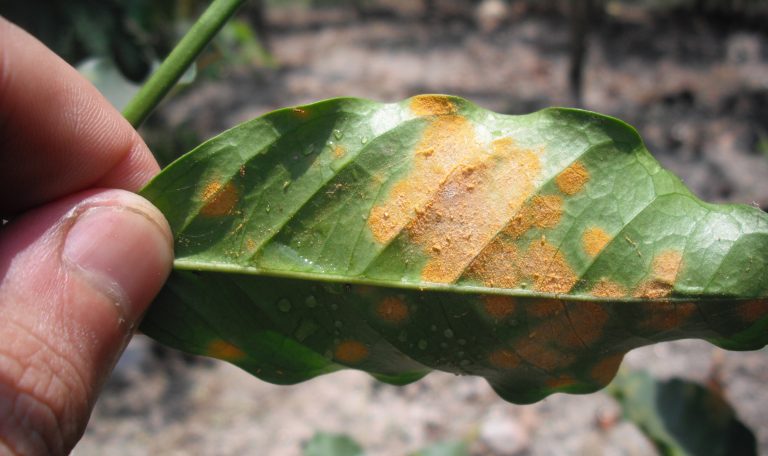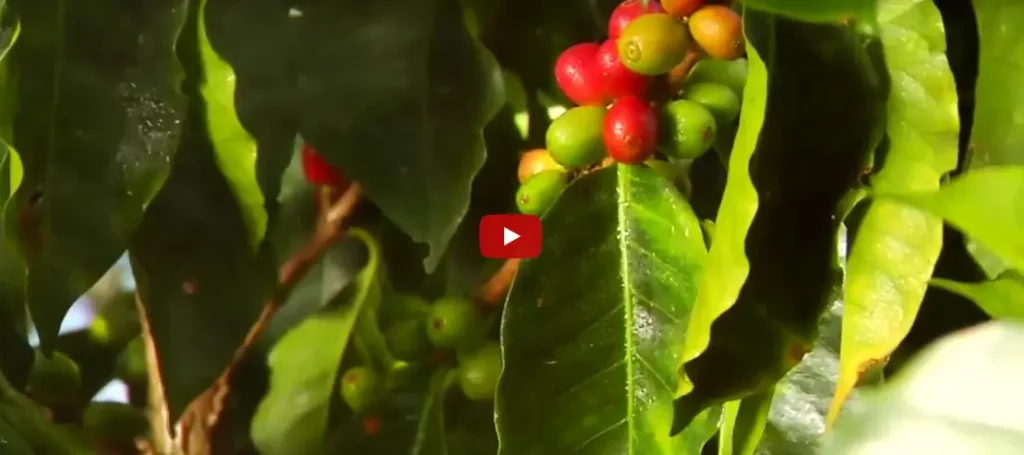
Using natural pest control on your coffee crops – what are the benefits and how do you do it? Our guide takes you through the steps from start to finish to help you start using safer pest control.
Overview
- Coffee crops and biological control
- Why use natural biocontrol or biopesticides on your coffee crop?
- Diagnosing coffee crop pests and diseases
- Finding the right biocontrol or biopesticide
- Applying products
Coffee crops and biological control


Using biopesticides and biocontrol is one of the safest and most sustainable ways to apply natural crop management. In this guide, you will find tips and techniques for using natural pest and disease control specifically for coffee crops.
Biocontrol and biopesticides use natural enemies of pests and diseases to prevent and treat problems on your crops. The non-toxic solutions offer targeted, cost-effective and robust options to keep your crops healthy and thriving.
To learn the basics of biocontrol and biopesticides, visit Biological pest control – what is it?
The sections below will help you on your journey to applying natural coffee crop management, including:
- how to diagnose the problem on your coffee plant
- how to select and find the right control product
- how to apply natural products
Why use natural biocontrol or biopesticides on your coffee crop?
Current farming practices are putting increasing pressure on coffee ecosystems, nature and humans. Current farming practices are largely unsustainable.
We can reduce the pressure on nature and limit further damage by utilising natural coffee crop management techniques. Using biocontrol and biopesticides is a sustainable and safe option to keep coffee crops healthy.
Also, using natural products – such as biocontrols and biopesticides – can help to contribute to organic certification. This enables selling products to a broader audience and at a higher price.
Diagnosing coffee crop pests and diseases
Firstly, to effectively use natural crop management on your coffee crop you need to identify the pest or disease you are dealing with.
If you’re not sure what pests or disease you have on your coffee crop you can use the guide CABI Coffee disorders pest and disease photoguide to help you.


The photoguide contains images of real plant samples that can be compared with your crop to identify possible causes.
The guide has two sections. One showing the common insect pests that attack the crop and the other showing symptoms of poor plant health.
In the symptoms section, the images are arranged by plant part, with similar-looking symptoms displayed together so they can easily be compared.
Once you have identified the problem, you can select the most appropriate biopesticide or biocontrol method to use.
One particularly problematic disorder present in coffee is coffee rust. The disease is one of the most destructive and widespread to affect coffee.


However, coffee rust can be prevented or managed with the use of biological control
Learn more about coffee rust and biocontrol with our in-depth guide Coffee rust: symptoms, causes, cycle and solutions
Finding the right biocontrol or biopesticide
Selecting the most suitable product is an important part of ensuring natural pest and disease control is effective.
For example, some biological products have certain environmental requirements when applying, some work on multiple pests and crops and some may work better at a smaller scale.
To choose a natural crop management product or method, you need to ask the right questions.
Our Selecting the right biopesticide or biocontrol product for your needs takes you through the steps to make the right choice.
Some of the key steps to selecting a natural coffee crop management method include:
- whether these are spot or broad applications
- what other management practices you use, particularly chemicals as these may harm your biologicals
- if the product or method is available in your location
Use the CABI BioProtection Portal use review biocontrol and biopesticide options
One popular biological that has been used successfully on a wide variety of crops including coffee, particularly for disease control, is the fungus Trichoderma.
The fungus can be used in coffee in many different ways, including being added to the soil in coffee nurseries. Using Trichoderma in this way, shown by Coffee and Climate can:
- improve plant growth
- stimulate defence mechanisms
- allow better absorption of nutrients
- break down soil pollutants
To learn more about Trichoderma, read Trichoderma is a biopesticide with multiple modes of action.
Another biocontrol product that can be used on coffee is Beauveria bassiana.
Beauveria bassiana is a fungus and can help to control various coffee pests, including the coffee berry borer, scale insects and mealybugs. It does this by landing on the pest and growing into it, eventually causing disease and death of the pest.
The video guide below, by Lanna Thai Coffee Hub, shows how you can use Beauveria bassiana, including in-depth information on how to apply.


Watch the video guide Using Beauveria bassiana to control and eliminate coffee berry borer.
Applying products
Now that you have selected the product suited to your crop, growing system, and the pest or disease. The next step is to understand how to effectively apply products.
Ensure you:
- Check the labels of any products for specific application and dosage recommendations
- Check the safety guidance sheets and product facts sheets which some products have
It is important to follow guidelines that are available on the product labels and accompanying technical factsheets. This guidance will be specific to your crop, pest, region and farming set-up.
Some natural products may be best applied through knapsack spraying. This is a method that has been used for many types of pest and disease control, and you may already have the equipment needed.
To learn some specific tips for spraying coffee, view knapsack spraying coffee

